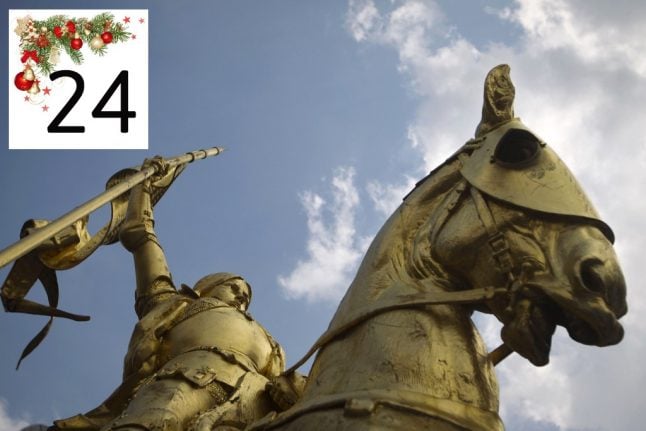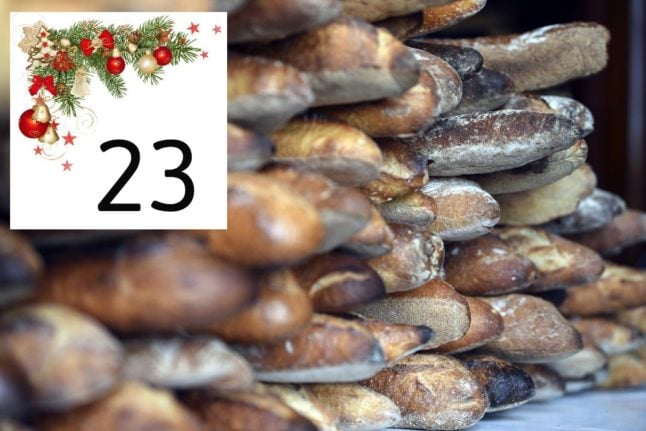The story of Joan of Arc – Jeanne d'Arc in French – begun like many fairytales do: an unlikely hero is chosen to accomplish a dangerous task.
Born around 1412, Joan of Arc was an illiterate peasant girl convinced that divine powers had decided she would fight the English army in France.
She then did exactly that.
This was during the so-called Hundred Years’ War, when English troops battled for territory across the country that is now France.
Joan of Arc liberated Orléans city from English forces in a legendary and decisive battle that paved the way for the later French victory in 1453.
Joan of Arc paid for her heroism with her life. She was captured and sold her to the English army, who burned her at the stake in Rouen, northeast France, around 1431. She was approximately 19 years old at the time.
But her short life left a lasting mark on France and in 1920 she was made a Saint. Almost 600 years after her death she is still commemorated and celebrated in France and her spirit is invoked during difficult times for the country.
Known today as “the Maid of Orléans”, Joan of Arc's silhouette is all over the city, ingrained on medallions on the street, cast into sculptures and painted on the boxes of Cotignac, an Orléans culinary speciality.
READ ALSO: Ten reasons why you should visit the French city Orléans
This article is the final instalment of The Local France's 2020 virtual advent calendar – featuring every day a person or thing that has a special place in French culture. To see the whole calendar, click here.



 Please whitelist us to continue reading.
Please whitelist us to continue reading.
Hi, the years in this article don’t make sense. I’m guessing 1931 should be 1431?
Please re-read your story as the dates are very wrong and need to be corrected
She also had the surname of “Pucelle d’Orléans” (pucelle = virgin). Watch out, you dates are wrong.